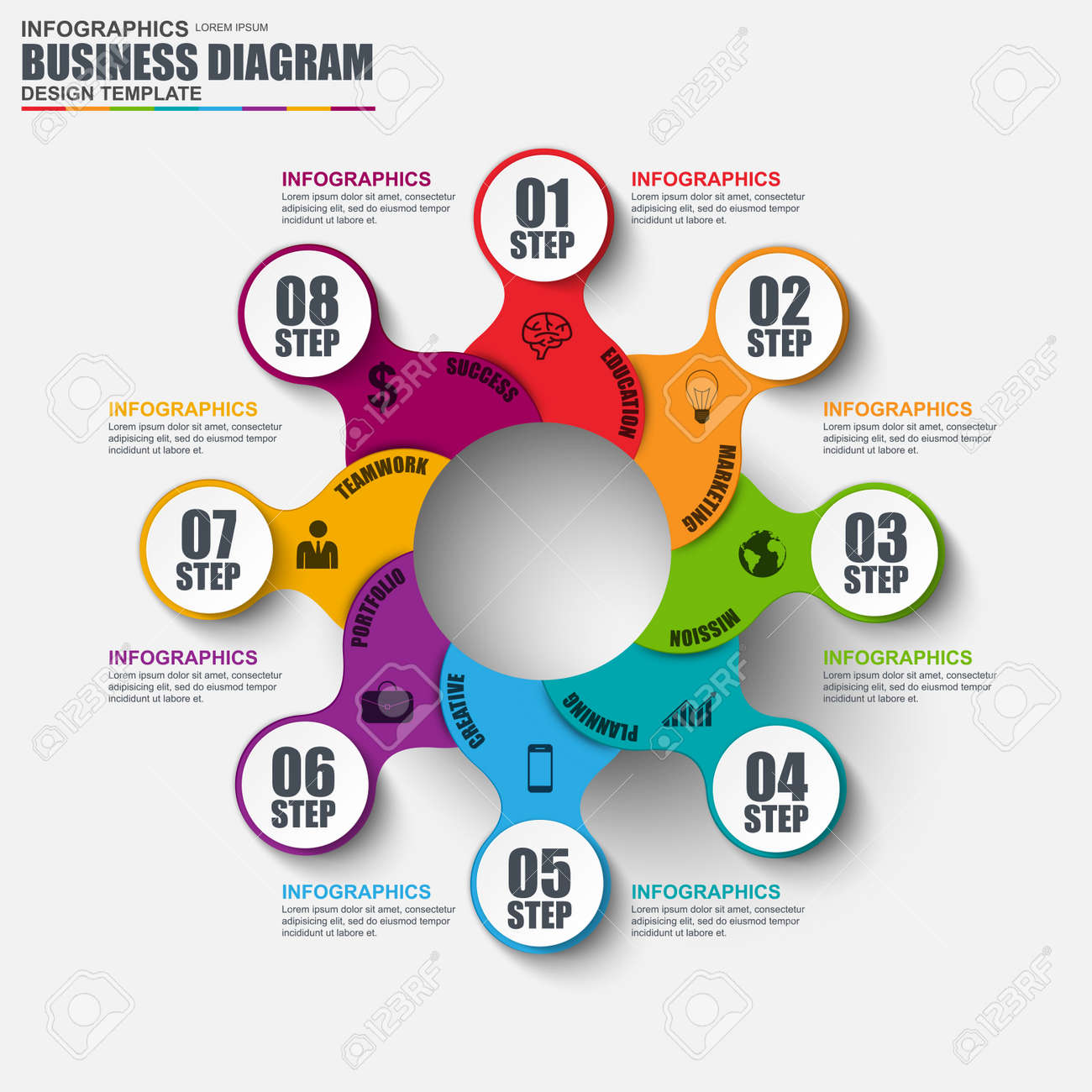Web Site Layout Fundamentals: Tips For Structure A User-Friendly Website
Web Site Layout Fundamentals: Tips For Structure A User-Friendly Website
Blog Article
Web Content By-Hall Devine
When it concerns website style, ensuring user-friendliness is vital. From receptive design to streamlined navigating, every element plays a vital duty in developing a website that caters to your target market's requirements. But what about the finer information that can make or break a user's surfing experience? Keep tuned as we uncover some often-overlooked tips that can raise your web site's use to the following level, making it really stand out in the digital landscape.
Value of Responsive Layout
Receptive design is a crucial aspect of contemporary site growth. Guaranteeing your internet site is receptive means that it can adjust to different screen dimensions and gadgets, offering a smooth experience for users.
With the boosting use of smartphones and tablet computers to access the net, having a responsive design is vital for getting to a broader audience. It aids in boosting customer experience by making your web site simple to navigate and read on any kind of tool.
In addition, receptive style can favorably impact your online search engine positions, as online search engine like Google prioritize mobile-friendly websites. By having a receptive style, you're also future-proofing your site, as new devices with varying display dimensions continue to arise.
Simplify Navigating Framework
To improve individual experience and promote easy accessibility to information on your web site, simplifying the navigation structure is paramount. When creating your site, concentrate on developing a clear and intuitive navigating menu that assists visitors find what they're seeking rapidly.
Restriction the variety of menu things to the basics, grouping relevant pages with each other to stay clear of overwhelming individuals. Usage detailed labels that clearly suggest the web content of each page, making it less complicated for individuals to understand where each link will take them.
Think about implementing dropdown food selections for subcategories to avoid cluttering the primary navigating bar. Additionally, include a search bar prominently on the web page for customers who favor looking for details info.
Prioritize mobile responsiveness in your navigating style to ensure easy accessibility on all devices.
Enhance Page Load Rate
Improving page tons rate is critical for keeping visitors on your internet site. Slow-loading https://pamplinmedia.com/pt/9-news/550792-440892-police-respond-to-hostage-situation-in-southeast-portland frustrate individuals and can bring about high bounce prices. To see it here , begin by enhancing images. Press photos without endangering top quality to lower their file sizes.
Additionally, make it possible for browser caching to save regularly accessed resources in your area, speeding up lots times for returning visitors. Minify CSS, JavaScript, and HTML data by removing unnecessary characters, remarks, and formatting, boosting lots rate.
Consider making use of a web content distribution network (CDN) to disperse your web site's web content across numerous servers worldwide, reducing latency for customers accessing your site from different places. Lastly, restrict making use of third-party scripts and plugins, as they can substantially impact load times.
Conclusion
In conclusion, by including responsive design, simplifying navigating, and enhancing page lots rate, you can produce a straightforward web site that attract a wider audience and boosts individual experience. These essential elements make sure that visitors can quickly accessibility and navigate your site throughout different tools, bring about enhanced involvement and complete satisfaction. By focusing on these essential elements, you can construct a successful website that keeps individuals returning for more.
